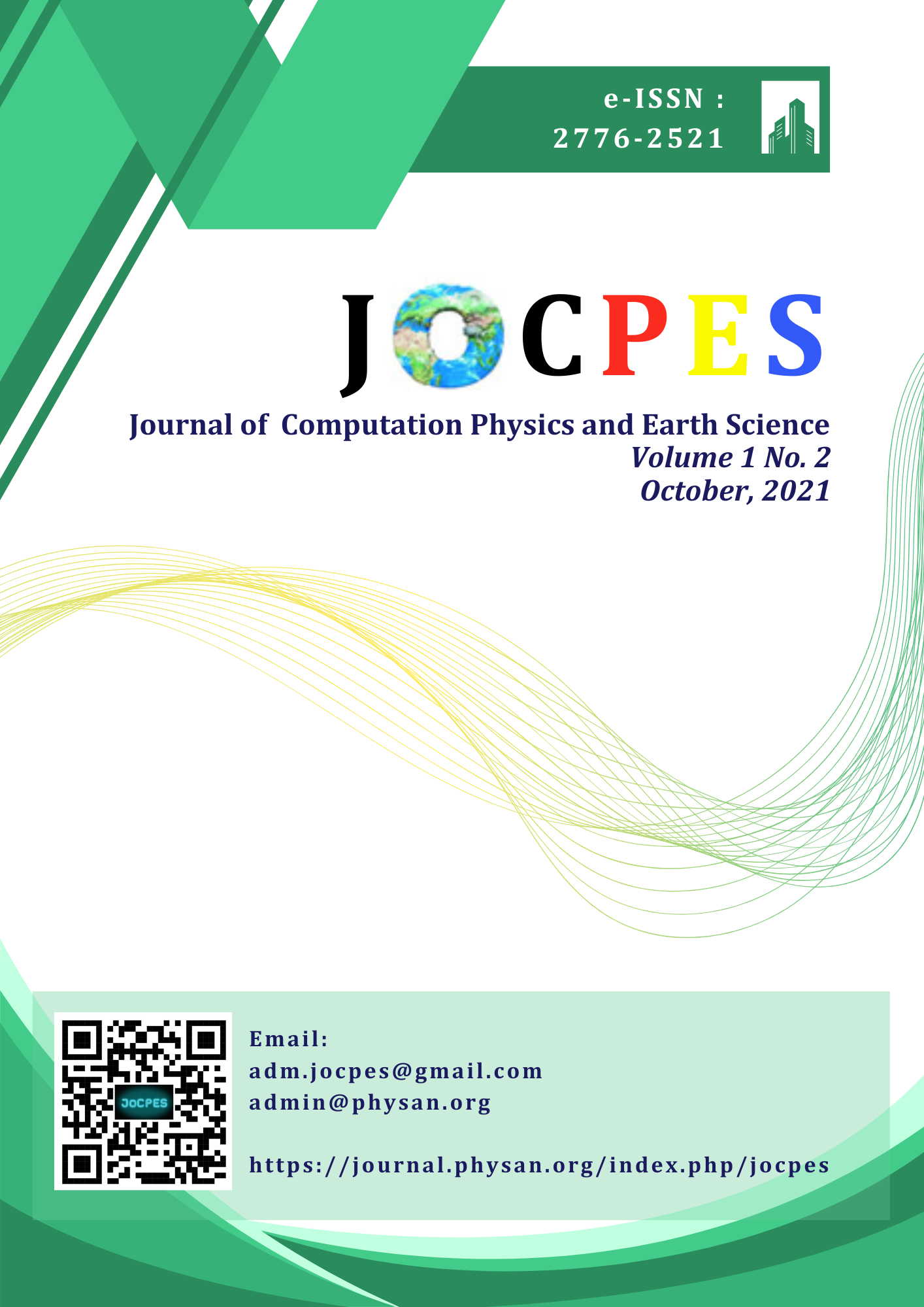Time Series Forecasting for Average Temperature with the Long Short-Term Memory Network in Deli Serdang Geophysics Station
Main Article Content
Abstract
An understanding of trends analysis, and prediction of time series of average temperature as one of parameter weather and climate data for climate variables. It is the central process in assessing the state of the climate of a region and provides an overall estimate about the variations in the climate variables. Explore weather trends using normal and local yearly average temperatures, compare and make observations. In this study, we try to analyze local and normal average temperature data in Deli Serdang geophysc Station based on observation station in situ. The main goal of this study to compare the normal temperature to local station and to predict the average temperature data in BMKG Geophysics Station, Deli Serdang, North Sumatra using Long Short-Term Memory Model (LSTM). Based on the result of normal data science of exploring temperature with local temperature correlation, we got the display of training curve, residual plot and the scatter plot are shown using these codes. Based on the temperature series data from Geophysic station, the MSE value is 0.83 and the R2 value is 0.86.
Downloads
References
Wikepedia, “Effects of climate change - Wikipedia,” https://en.wikipedia.org/wiki/Effects_of_climate_change, 2021. https://en.wikipedia.org/wiki/Effects_of_climate_change (accessed Mar. 10, 2021).
NASA, “Global Warming,” https://earthobservatory.nasa.gov/features/GlobalWarming, 2010. https://earthobservatory.nasa.gov/features/GlobalWarming (accessed Mar. 10, 2021).
S. Afshin, H. Fahmi, A. Alizadeh, H. Sedghi, and F. Kaveh, “Long term rainfall forecasting by integrated artificial neural network-fuzzy logic-wavelet model in karoon basin,” Sci. Res. Essays, vol. 6, no. 6, pp. 1200–1208, 2011, doi: 10.5897/SRE10.448.
M. I. Hutapea, Y. Y. Pratiwi, I. M. Sarkis, I. K. Jaya, and M. Sinambela, “Prediction of relative humidity based on long short-term memory network,” AIP Conf. Proc., vol. 2221, no. March, 2020, doi: 10.1063/5.0003171.
A. G. Salman, Y. Heryadi, E. Abdurahman, and W. Suparta, “Weather forecasting using merged Long Short-Term Memory Model (LSTM) and Autoregressive Integrated Moving Average (ARIMA) Model,” J. Comput. Sci., vol. 14, no. 7, pp. 930–938, 2018, doi: 10.3844/jcssp.2018.930.938.
Stanford, “Understanding LSTM Networks,” https://web.stanford.edu/class/cs379c/archive/2018/class_messages_listing/content/Artificial_Neural_Network_Technology_Tutorials/OlahLSTM-NEURAL-NETWORK-TUTORIAL-15.pdf, pp. 1–13, 2015, [Online]. Available: http://colah.github.io/posts/2015-08-Understanding-LSTMs/.
A. Kumar, “Mean Squared Error or R-Squared, Data Analytics,” https://vitalflux.com/mean-square-error-r-squared-which-one-to-use/, 2020. https://vitalflux.com/mean-square-error-r-squared-which-one-to-use/ (accessed Mar. 10, 2021).

